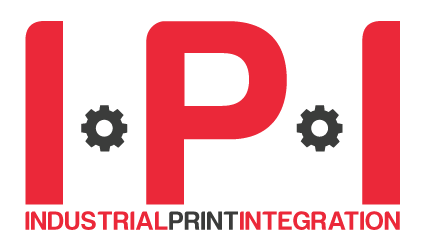Electronics is one of the most dynamic frontiers for inkjet. From flexible PCBs to structural sensors, inkjet enables new form factors, potentially greener processes, and rapid prototyping. Yet the promise of printed electronics is only realized when research transitions into scalable production. At IPI, this theme is amplified by the first-ever OEM Perspectives track, giving voice to those who must integrate printing into real manufacturing environments.
3D AND STRUCTURAL INTEGRATION
Traditional electronics are flat. But markets — from automotive interiors to wearables — increasingly demand functional electronics embedded into curved or 3D parts. Didier Rousseau, Founder & CEO of KELENN Technology frames this as a complete process chain challenge: surface prep, ink formulation, robotic motion control, and deposition strategies must all align to ensure adhesion and resolution on complex geometries. Inkjet’s drop-on-demand precision makes it a candidate technology, but only when paired with robotics and adaptive toolpaths. His perspective shows how combining robotics with inkjet demonstrates feasibility to integrate electronics into curved and 3D parts.
12 November 2025, 14:55: “3D Structural Printed Electronics: Overcoming Surface, Motion and Deposition Challenges” by Didier Rousseau, Kelenn Technology
Visitor takeaway: 3D integration highlights inkjet’s potential to move beyond flat circuits into structural electronics for automotive and wearables.


